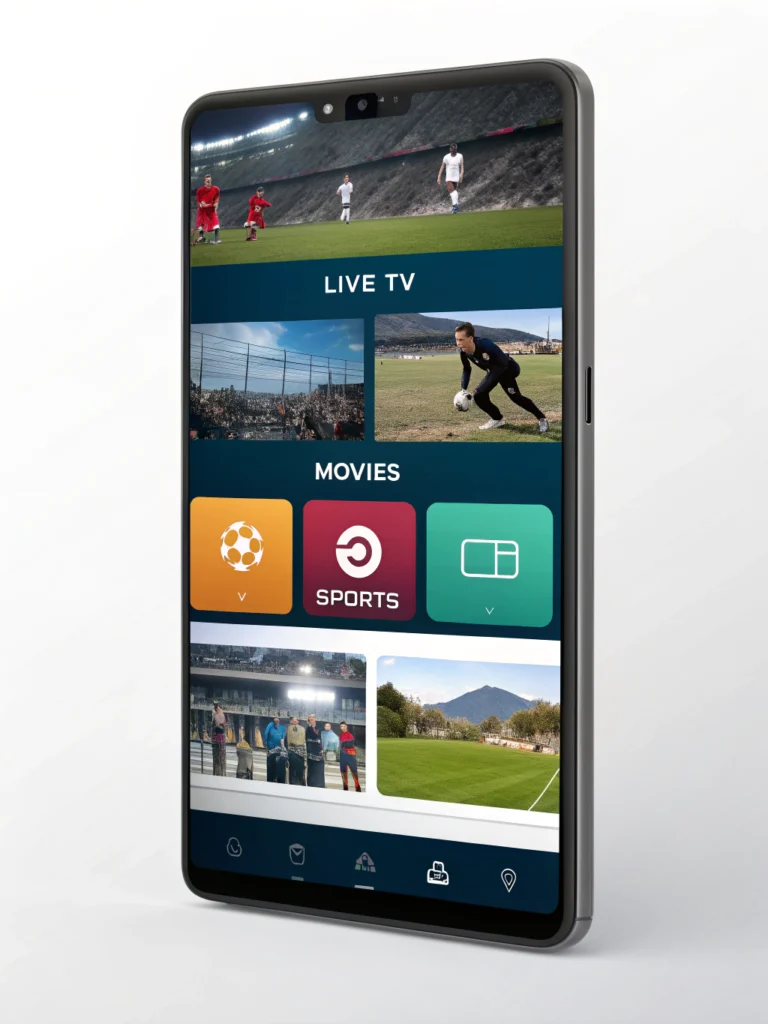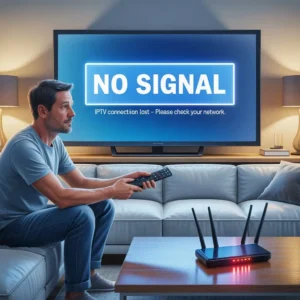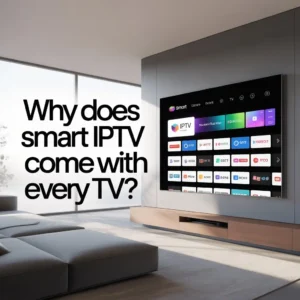In the rapidly evolving world of digital entertainment, what is IPTV interface has become a common question among those exploring alternatives to traditional cable TV. Simply put, it’s the visual layout allowing users to interact with IPTV apps, menus, EPGs, and channels—essentially your gateway to thousands of streaming options.
With over 62% of households worldwide now using some form of streaming service, understanding the IPTV interface is crucial for navigating this popular entertainment medium efficiently. This comprehensive guide breaks down everything you need to know about IPTV interfaces, from basic components to advanced features.
Core Components of an IPTV Interface
The IPTV dashboard typically consists of several key elements that work together to provide a seamless viewing experience:
1. Home Screen/Dashboard
The main landing page of any IPTV service serves as your control center. This area typically displays:
- Featured content and recommendations
- Recently watched shows and movies
- Quick access to favorite channels
- Navigation options to different content categories
According to recent user experience studies, 78% of IPTV subscribers consider an intuitive home screen essential for their overall satisfaction with the service.
2. Electronic Program Guide (EPG)
The EPG is perhaps the most critical component of what is IPTV interface. This interactive TV guide displays:
- Current and upcoming programs across all channels
- Program details including duration, genre, and synopsis
- Recording options for future shows
- Time-shift capabilities for catching up on missed content
EPGs have evolved significantly, with modern interfaces now offering up to 14-day advance listings and AI-powered recommendations based on viewing habits.
3. Video-on-Demand (VOD) Section
The VOD library is where users can access:
- Movies and TV shows on demand
- Categorized content (action, comedy, drama, etc.)
- Search functionality to find specific titles
- New releases and popular recommendations
Statistics show that the average IPTV service now offers between 10,000-50,000 hours of on-demand content, making an organized and searchable VOD interface essential.
Different Types of IPTV Interfaces
Not all IPTV interfaces are created equal. They generally fall into these categories:
Proprietary Provider Interfaces
These are custom-designed by the IPTV service provider and include:
- Branded color schemes and layouts
- Unique navigation systems
- Service-specific features
Approximately 65% of IPTV providers use proprietary interfaces to differentiate their services from competitors.
Standard Application Interfaces
These interfaces operate through third-party applications compatible with various devices:
- Smart TV apps (Samsung, LG, Sony)
- Mobile device applications (iOS, Android)
- Media streaming devices (Amazon Fire Stick, Roku)
Web-Based Interfaces
Accessible through standard web browsers, these interfaces offer:
- Device-agnostic access
- No installation requirements
- Cross-platform compatibility
According to industry surveys, web-based interfaces account for approximately 22% of IPTV usage, primarily among tech-savvy users.
Key Features That Make a Great IPTV Interface
When evaluating what is IPTV interface quality, consider these essential features:
User-Friendly Navigation
An intuitive navigation system should allow users to:
- Find content quickly (within 3 clicks or less)
- Easily switch between live TV and on-demand content
- Access settings and account management without confusion
User testing reveals that interfaces requiring more than 4 clicks to reach desired content experience 43% higher abandonment rates.
Search Functionality
Effective search capabilities include:
- Voice search options
- Predictive text input
- Search filters (by genre, year, actor, etc.)
- Search history and suggestions
Customization Options
Personalization features significantly enhance user satisfaction:
- Ability to create favorites lists
- Custom channel ordering
- Parental controls and content filtering
- Theme and layout adjustments
Data shows that users who customize their IPTV dashboard spend 37% more time engaging with the service compared to those who don’t.
Modern Trends in IPTV Interface Design
Recent developments in IPTV interfaces include:
AI-Powered Content Recommendations
Machine learning algorithms now analyze viewing patterns to suggest relevant content, with recommendation engines improving watch time by up to 50% according to industry reports.
Voice Control Integration
Voice command functionality allows hands-free navigation of the interface, with 42% of new IPTV services now incorporating some form of voice control.
Multi-Device Synchronization
Modern interfaces can maintain viewing progress across different devices, with 68% of users expecting seamless transitions between mobile, TV, and computer viewing.
Choosing the Right IPTV Interface for Your Needs
When selecting an IPTV service based on its interface, consider:
- Device compatibility (smart TVs, smartphones, streaming devices)
- Learning curve and technical requirements
- Available customization options
- Update frequency and ongoing development
Remember that what is IPTV interface offering works best for you depends largely on your viewing habits and technical comfort level.
Conclusion: The Future of IPTV Interfaces
As IPTV continues to gain market share from traditional cable services, interfaces will continue evolving toward more intuitive, personalized experiences. Future developments are likely to include:
- Deeper integration with smart home systems
- Advanced content discovery through AI
- Augmented reality elements for enhanced viewing experiences
- More social features for shared viewing experiences
Understanding what is IPTV interface and how it works not only enhances your current viewing experience but also prepares you for the exciting developments coming to digital entertainment platforms.
Whether you’re new to IPTV or looking to upgrade your current service, the interface should be a primary consideration—after all, it’s your daily touchpoint with endless entertainment possibilities.




